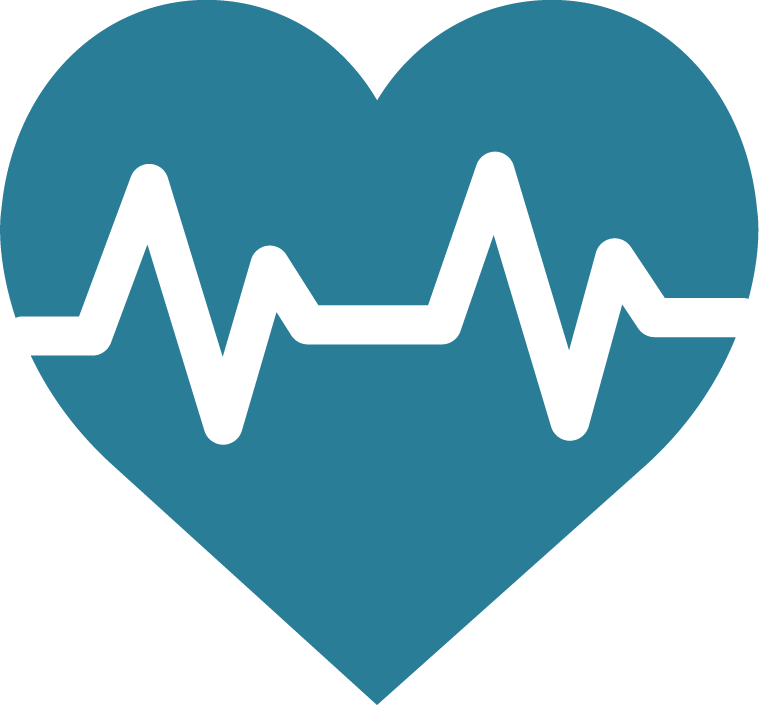Summary
Health spending in Australia is generally managed through particular funding programs such as the National Health Reform Agreement or the Medicare Benefits Schedule (MBS). Often the relationship under these schemes between the spending, the particular diseases or conditions being managed, and the demographic characteristics of the people whose care the spending is for, is complex. It can be difficult, for example, to precisely identify for a hospital stay involving someone suffering from a number of ailments and including a range of procedures and treatments, which expenses were related to which conditions.
The aim of this report is to use a range of modelling techniques to apportion health spending to population groups based on age, sex and Indigenous status, and to disease expenditure groups using the International Statistical Classification of Diseases and Related Health Problems (ICD) and the AIHW’s Australian Burden of Disease Study (ABDS) conditions (AIHW 2015) as far as is possible. Due to data availability, allocated spending is skewed towards activity in hospitals, and estimates should be interpreted with this in mind.
Whilst findings in this report are based on estimates (rather than direct observations) these data provide important insights into the nature and drivers of health spending, including how an ageing population affects health spending and comparisons of health spending between Aboriginal and Torres Strait Islander Australians and non-Indigenous Australians.
The current disease expenditure study draws upon previously published methods, with some minor updates in 2018–19. This update primarily affects spending on Cancer and other neoplasms, with 2015-16 pharmaceutical estimates revised upwards by around $760.2 million. These changes are discussed further in the Disease Expenditure 2018–19 Study: Overview of analysis and methodology report. The February 2022 update incorporates the following additional changes: a revised mapping of ICD-10-AM codes to ABDS conditions for the kidney and urinary diseases group; an updated mapping file for MBS item numbers to ABDS groups; updated 2018–19 data reported in Health expenditure Australia 2019–20. The AIHW is also undertaking work to update the disease expenditure time series with consistent methods.
Expenditure is estimated by ABDS condition, age group and sex for:
- admitted patient
- emergency department
- outpatient hospital services
- primary health care (general practitioners, allied health, pharmaceuticals and dental)
- referred medical services (specialists, pathology and diagnostic imaging).
All sources of funding, including patient co-payments, are included in expenditure estimates. Slight changes to the previous methods have been made to allocation of pharmaceutical expenditure to conditions, and Medicare services by age groups.
Box 1: How do we measure disease costs?
The cost of disease is not just financial: being unwell or suffering from a health condition has other effects on quality of life, affecting people’s ability to work or do the activities they enjoy. The spending estimates do not include direct costs from outside of the health care sector or estimates of the indirect costs due to illness.
How much is financially expended on treating, managing, or preventing conditions can be influenced by a range of factors such as the cost and availability of effective treatments, and disease prevalence. As such, the disease expenditure estimates in this report do not necessarily reflect the incidence or prevalence of those conditions, or the full ‘burden’, or human cost. The AIHW has produced separate estimates of disease burden in the Australian Burden of Disease Study web report. Disease expenditure and burden are reported further in How do we measure the cost of disease?.
It is not feasible (or appropriate) to allocate some forms of health spending to specific diseases. Therefore the disease expenditure estimates in this publication are not comparable with estimates published in the AIHW’s Health Expenditure Australia reports (which cover all health spending).
For details on the estimation methods, scope of data included, and comparability to previous studies, readers are directed to the Technical notes page, and the Disease Expenditure 2018–19 Study: Overview of analysis and methodology report.
In 2018-19:

$134 billion was attributed to specific disease groups
Musculoskeletal disorders had the highest estimated spending ($14 billion, or 10.3%)

$11.7 billion was spent on both Cardiovascular diseases and Cancer and other neoplasms

$9.6 billion was spent on Mental and substance use disorders
$5.0 billion was spent on Dental caries
$4.3 billion was spent on Falls


